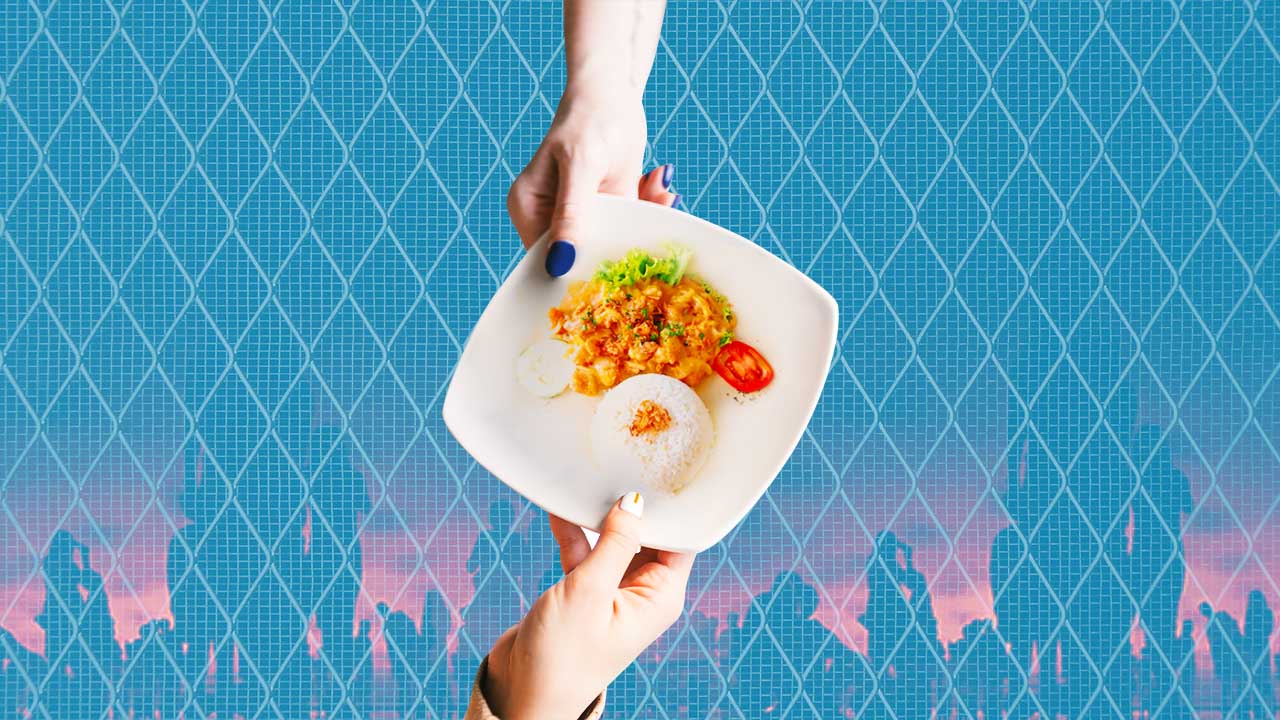According to a 2017 Nielsen survey, Filipinos often dine out rather than eat home-cooked meals. Only two meals—breakfast and dinner—are eaten at home while morning and afternoon snacks and lunch are out-of-home affairs. But that isn’t the case now with many restaurants closed and some only offering takeaway and delivery amid COVID-19.
But thankfully, technology makes everything easier. Dining out has been replaced with home-cooked meals—many of which are recipes discovered online or even shared via chats and Instagram.
In Chicago, actor and theater professor Ashley Neal wanted to bake bread but didn’t have one of the essential ingredients: sourdough starter. So he turned to his community Facebook group and posted a request about the ingredient. Turns out, there’s an existing network of sourdough bakers around his area who give away their supplies for free.
This is an example of an online community built around and tied together by food even in times of crisis.
Fast food chains also got the memo by releasing recipes for their bestselling items such as McDonald’s Sausage McMuffin and Burger King’s Quarantine Whopper. Chefs have also started sharing recipes of their signature dishes. Michelin Guide even released a hashtag, #MichelinGuideAtHome, on Instagram that features homemade recipes including Gordon Ramsey’s marinara sauce and Julia Komp’s shakshuka.
Meanwhile, Massimo Bottura launched an online cooking show called Kitchen Quarantine on Instagram. Filipino chefs like JP Anglo, Ed Bugia, and Miguel Vecin of Bar Pinxtos also shared recipes on Instagram and YouTube.
En attendant l'original. pic.twitter.com/BehZf0qBFQ
— Burger King France (@BurgerKingFR) March 30, 2020
Chefs and restaurants sharing their recipes to the public allow readers to create their own version of the dish. According to a study made by Social Chain, 54 percent of foodies save videos for later reference so they can recreate the dish at home. Some may copy the recipe and slightly tweak it by adding a little or less of an ingredient. This sparks interaction among readers through the comments section, which can result in an exchange of ideas—all while practicing social distancing.
Social media feeds also serve as the modern menu. A study entitled Clicks & Cravings: The Impact of Social Technology on Food Culture showed that 54 percent of respondents search and share recipes to family and friends online, making social media a more accessible reference than cookbooks.
Celebrity foodies are also getting a lot of attention for their recipes and experiments. Brooklyn Nine-Nine’s Chelsea Peretti shares her food creations and frustrations on Instagram since the home quarantine started. Marketing and PR professional Miggy Cruz recreates his favorite restaurant dishes at home and even shared a Korean chicken recipe with blogger and girlfriend Laureen Uy.
Seeing people who are not chefs cooking and sharing their recipes online encourages the public to create their own versions of different dishes. As with Dalgona coffee and other TikTok recipes, people do it because of the accessibility of ingredients, low cost, appetizing aesthetic, and a feeling of inclusiveness in an online food community.
Sure, the quarantine may be tough on everyone but through social media, it also seems to be showing a different side of people, making it a vessel of an essential part of our human nature: one that speaks an optimistic hope for social change.





